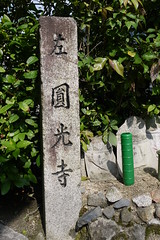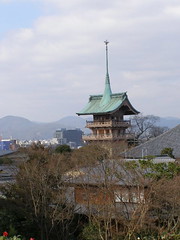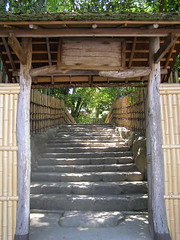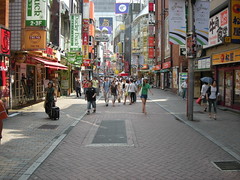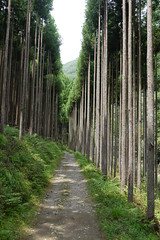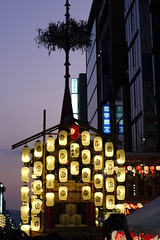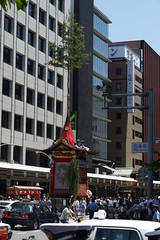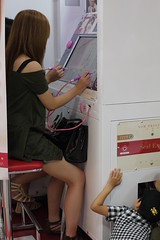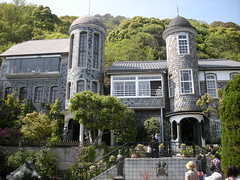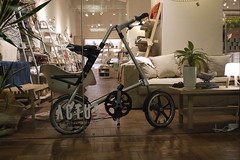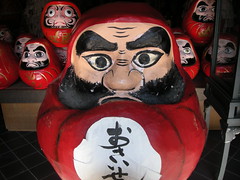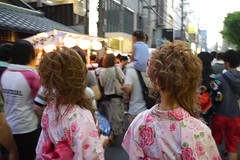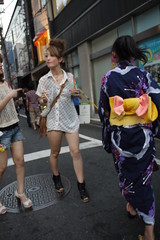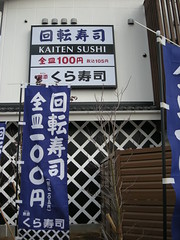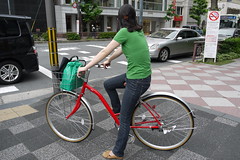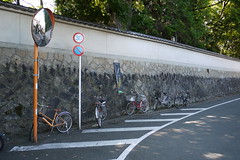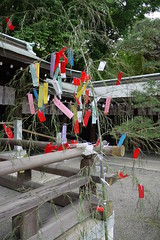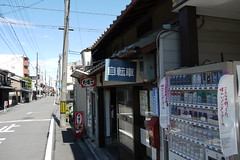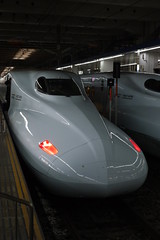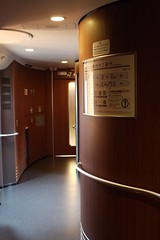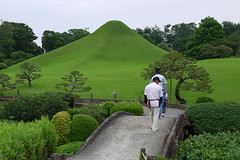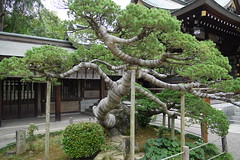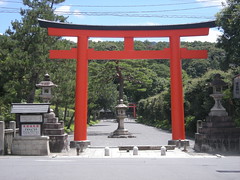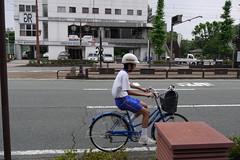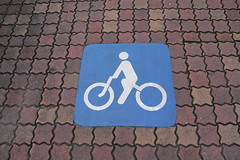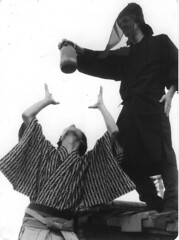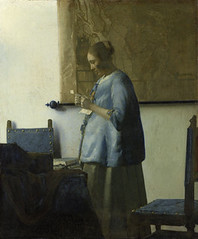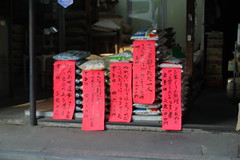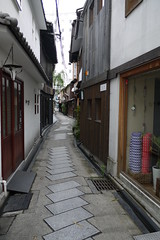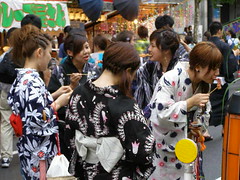
祇園の幻山鉾後祭り
Japan's best known festival, Gion Matsuri, will take place on July 17th.
Gion Matsuri actually takes place for the entire month of July, but the date of the parade is always July 17th.
The festival has its origins in the fires, floods, pestilences, and other natural disasters that descended upon Kyoto during the hot summer months.
In 869 C.E., during yet another summer plague, the Emperor Seiwa ordered that all pray to the god of Yasaka Shrine, Susano-no-mikoto. This custom was thereafter repeated every time a plague occurred.
In 970, it was made an annual "festival" - to ward off such illnesses - and has grown and evolved over the centuries.
In 1966, however, the city of Kyoto strong-armed the festival organizers into making the festival more tourist-friendly by forcing the giant floats to follow one pre-set route along which the throngs could better see the festival.
Prior to that point, the festival's giant "hoko" (moving floats pulled by many men) were divided into those that appeared on the 17th, and those that appeared in a "post festival" on the 24th. The latter followed a different route.
This year, after a forty-six year break, the festival is returning to its routes, literally and figuratively, and will have the "post festival" parade on the 24th.
The revived post-festival will run along Sanjo and then south on Teramachi, as it did until 1966.
A Bit of Advice: Go to Yoiyama the Night Before
Gion Festival is better suited to a slower era. Men in white festival clothing pull the floats slowly around Kyoto. Watching from the sidewalks are thousands of pensioners bused in from the provinces. That means the floats will be off in the distance. You will be surrounded by hundreds if not thousands on a sidewalk.
On top of that, it will be 36 degrees (100 fahrenheit) and sunny.
If that is not appealing, don't go. Instead, head out the night before on what is the largest block party in Japan. "Yoiyama" is a giant downtown party from 6 pm until late on the 16th. Streets are closed to traffic, hundreds of thousands come out in their summer
yukata robes (see above), and the hoko are on display on side streets.
If you avoid Shijo - which is highly congested until about 11 pm - you will have a fantastic time.
Cyclists should avoid downtown at this time of year, and park north of Oike Dori.
© CycleKyoto.com
CycleKyoto Home Page
Tags
Japan
Yoiyama
Kyoto
Cycle
Gion Festival
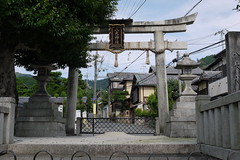 詩仙堂の近くの鳥居
詩仙堂の近くの鳥居